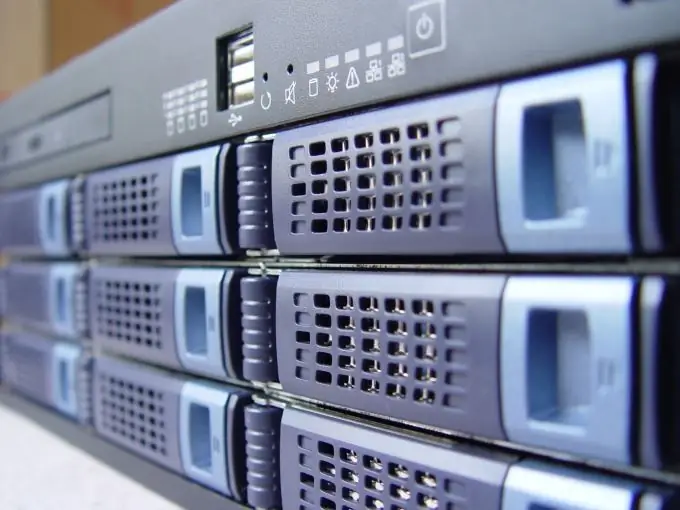- Author Lauren Nevill [email protected].
- Public 2023-12-16 18:48.
- Last modified 2025-01-23 15:15.
You didn't have time to finish editing this or that document at work and decided to complete it at home. Do not rush to take up the USB flash drive. You can also transfer a document to your home computer and from it back to your work computer via the Internet.

Instructions
Step 1
The most obvious way to back up a document online is to email it to yourself. To do this, during its sending, specify in the field for entering the recipient's address not someone else's e-mail, but your own. Don't forget to attach the file before submitting. A message with a backup copy of the document will immediately appear in your outbox, and after a few seconds - in your inbox. After that, you can download the document to any computer connected to the Internet by simply logging into your mailbox. After editing it, send yourself an updated version. At the same time, the old version of the document will not disappear anywhere unless you delete it on purpose, so you can return to it if necessary. Some e-mail services, when using the web interface, allow you to view but not edit certain types of documents directly from the browser without downloading.
Step 2
To be able not only to view, but also to edit a document saved on the network directly from your browser, register in the Google Docs service. You will be able to download ready-made documents in ODT, DOC and DOCX formats, edit them online from any computer with Internet access, and view them without the possibility of editing - from your phone. You can also create documents from scratch. Any of them can then be downloaded also in ODT, DOC or DOCX format.
Step 3
If you only want to store files on the Internet without the possibility of editing them online, but do not want to clutter up your email inbox, use one of the services that provide a "virtual flash drive" service, for example, DropBox or YourDocs. Some of them offer to install a special application on the computer, after which the "virtual flash drive" will be presented in the computer as one of the drives. A number of services of this kind have such applications even for Linux. Other services offer regular access through a web interface, allowing you to upload, download, and delete files.
Step 4
Remember, however, that "virtual flash drives" are usually provided free of charge only when choosing an account with a small volume, and to increase it, you will have to pay a monthly fee. An e-mail box, sometimes of a comparable size, is always free.






